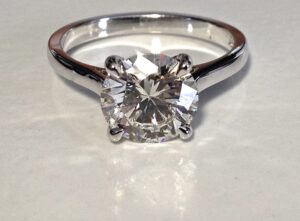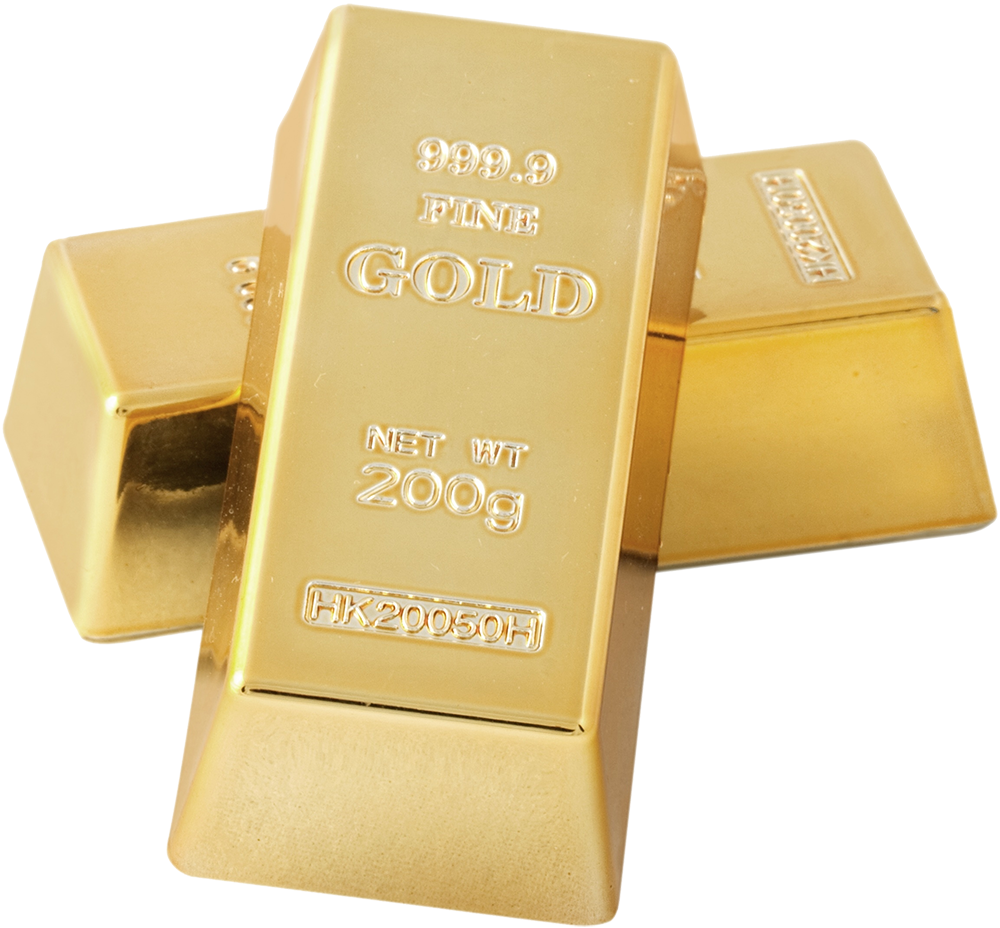Shopping for a custom diamond engagement ring? You’ll need to take a crash course in what’s known as the “four Cs” of diamonds:
- Carat – The weight of the diamond
- Color – The less color a diamond has, the better its quality
- Clarity – The absence or presence of inclusions – or flaws – in the diamond
- Cut – How the diamond is crafted
It’s this last aspect that has the most to do with the overall beauty of the stone. The cut of a diamond refers to its proportions, finish and symmetry, and how its facets react to light. Here are a few of the most common diamond cuts that you might come across in your search for a custom diamond engagement ring.
1. Round
These are the most common type of diamond for sale, representing about three quarters of the market. Because of their high demand and the work involved with crafting the cut, round diamonds tend to cost more than other variations.
2. Cushion
Popular with buyers who want a more traditional look to their diamond, this cut is square-shaped with rounded corners.
3. Marquise
Born Jeanne-Antionette Poisson, the Marquise de Pompadour was a friend, advisor and mistress to King Louis XV of France, and a highly-influential figure in French society. It’s from her that we get the name of the pompadour hairstyle for example. She also helped popularized pom-poms and was the inspiration for this diamond cut.
According to legend, the king was so smitten with her that he commissioned a diamond shaped like her lips, and the marquise cut was born.
4. Pear
This pear-shaped stone manages to blend the marquise and round looks and can give the wearer the illusion of having longer fingers.
5. Emerald
The unique cut of these diamonds leads to a hall-of-mirrors-effect, with flickers of light contrasting with the stone’s darker planes. They typically cost up to 25 percent less than round cuts.
6. Asscher
This cut, similar to the emerald, was created in 1902 by Joseph Asscher of the Royal Asscher Diamond Company, one of the most renown diamond companies in the world.
7. Princess
While the Asscher cut dates back to the turn of the 20th century, this cut is a little more recent, though also similar in shape to the emerald cut. First unveiled in 1980, the princess is the most popular of the fancy diamond cuts, because it goes with virtually any style ring.
8. Radiant
Another cut that emerged in the 1980s, the radiant marries the elegance of emerald cut diamonds with the brilliance of round stones.
9.Heart
These diamonds are shaped like classic Valentine hearts, making them popular romantic-themed gifts whether on pendants or rings.
10. Oval
This cut was first created in the 1960s, and appears larger than round cut diamonds, while still maintaining the same brilliance as a round stone.
Each of these cuts have a different grade for different levels of quality as ranked by the Gemological Institute of America. These grades look at things like “fire” (a rainbow effect that occurs when light enters the stone) and “brilliance,” or brightness.
- Excellent – Stones with the maximum level of fire and brilliance, reflecting nearly all light that enters the diamond.
- Very good – Diamonds that reflect nearly all light that entering them, leading to outstanding brilliance and fire. Under normal lighting conditions, these diamonds will appear similar to stones with an excellent rating.
- Good – These stones reflect most of the light entering them.
- Fair – Much of the light that enter these diamonds escape from the bottom/sides, reducing the stone’s fire and brilliance.
- Poor – You won’t need to be an expert to spot the lack of quality in these diamonds, which allow nearly all light to escape them, leading to a dull appearance.
Have questions about buying a custom diamond engagement ring? Visit Doylestown Gold Exchange, where owner Greg Glemser – trained by the GIA as a certified gemologist – can help you find the right cut for your loved one.


